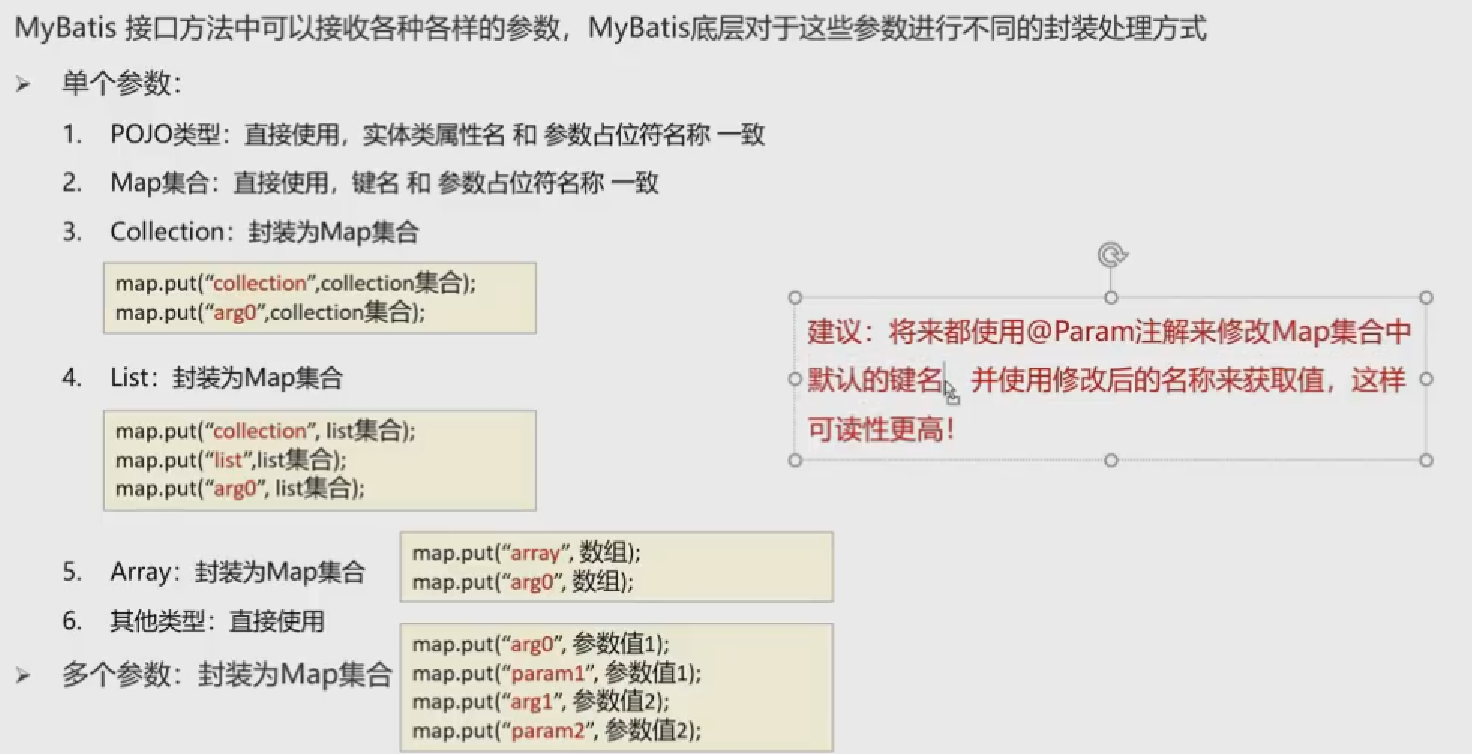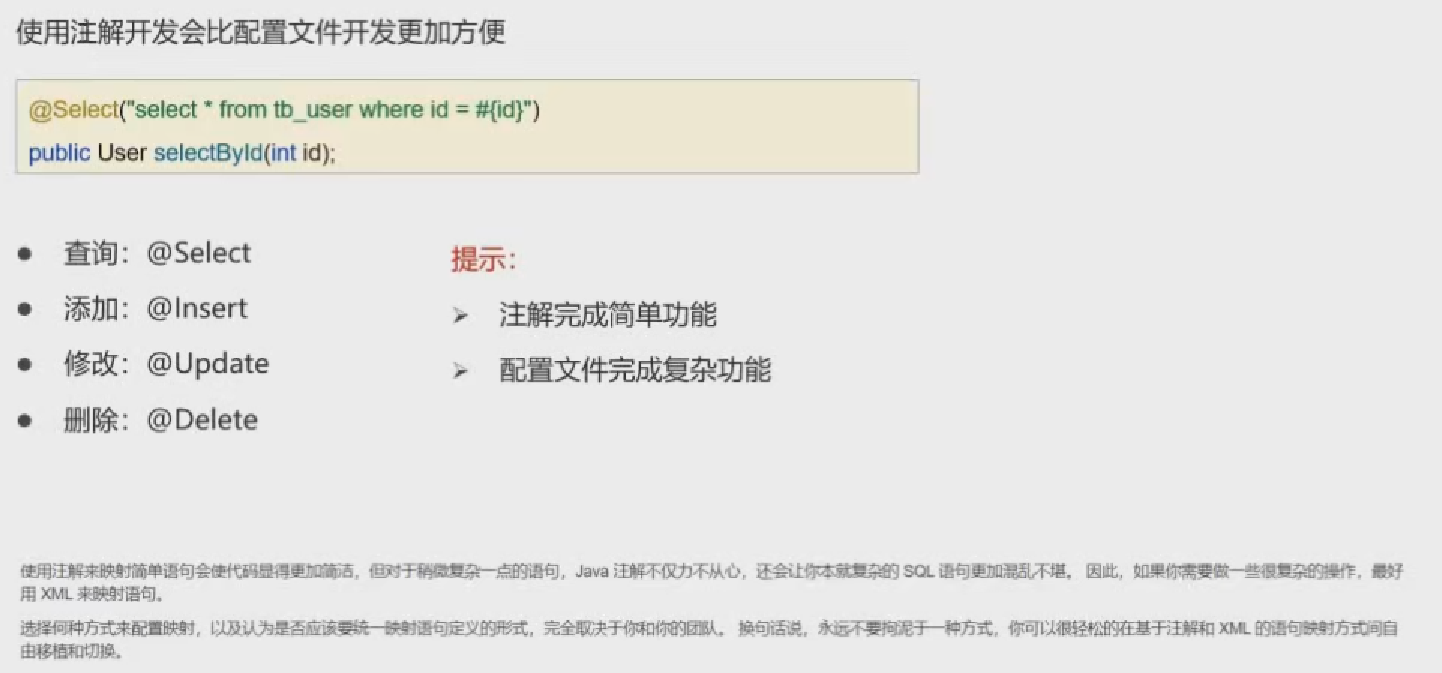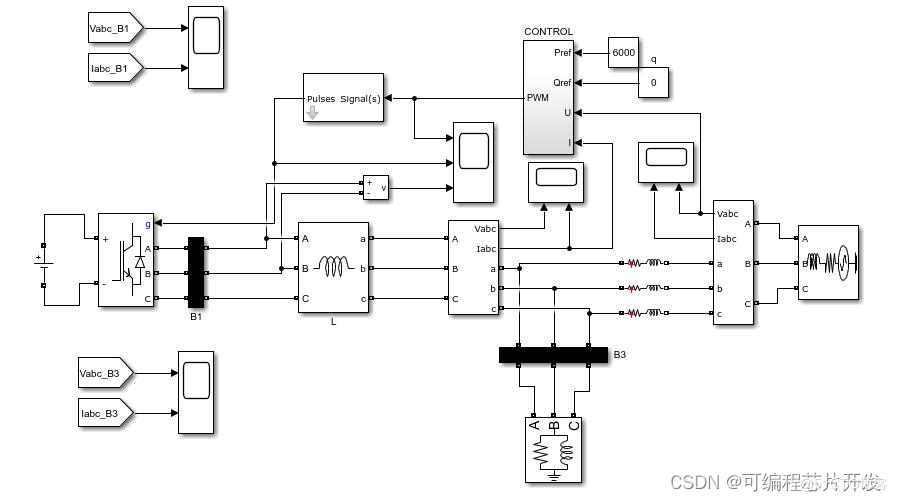[!NOTE]
原始PDF链接:https://www.doc88.com/p-57887264529548.html
Optical 3-D measuring systems Optical systems based on area scanning
Preliminary note
Optical 3-D measuring systems are used as universal measuring and test equipment. In each case, the user must be sure that the optical 3-D measuring system in use complies with the required performance specification. In particular, the maximum permissible measurement error shall not be exceeded. In the long run, this can only be ensured by means of standardised acceptance criteria, and by checking of the equipment at regular intervals. The responsibility for this is shared by the manufacturer of the measuring equipment on the one hand and the user on the other hand.
Quick and easy methods using reasonably priced artefacts are needed for the acceptance and reverification of optical 3-D measuring systems of various designs, degrees of automation, and sizes. This can be achieved by means of length standards and artefacts which are measured in the same way as typical workpieces.
This Part 2 of VDI/VDE 2634 describes practical acceptance and reverification methods for the evaluation of the accuracy of optical 3-D measuring imaging systems based on area scanning. The definitions of the quality parameter probing error and sphere spacing error similar to that in ISO 10360. As additional quality parameter, the flatness measurement error is defined.
1 Scope
This guideline applies to optical 3-D measuring systems based on area scanning, whose function is based on triangulation. The equipment can be configured by the user to suit a particular measurement task. Their sensors consist of several components such as one or several imaging sensors (cameras) and one or several projection systems projecting structures onto the object surface to be measured, or a system serving to illuminate any existing surface texture. Examples of such sensors are measuring systems based on fringe-projection or moiré techniques, and photogrammetric or scanning systems with area-based measuring capabilities.
This guideline applies to the measuring of three-dimensional objects in a single elementary measuring
pass ("single view"). The components of the sensor shall not change their positions relative to each other
during the elementary measuring pass. This guideline does not cover systems where several single views
are transformed into an object-related reference frame by repositioning the sensor and/or the object, for example by means of
a) measuring translatory and/or rotary positioning axes
b) externally measured reference marks
c) arithmetical fitting of the single view into the overall point cloud (matching)
This part of VDI/VDE 2634 describes methods and artefacts for the testing of optical 3-D measuring systems. The methods are equally suited for
- the acceptance of optical 3-D measuring systems
- the reverification of optical 3-D measuring systems (for the purpose of checking of test equipment as specified in DIN ISO 9000 through DIN ISO 9004)
The requirements to be met by the artefacts used for acceptance and reverification are specified, and examples of artefacts are described. For the purpose of this guideline, an artefact is a linear, two-dimensional, or three-dimensional arrangement of features to be probed. Examples are planes and spheres that can be probed optically. Artefacts shall be calibrated with respect to their dimensions and form.
Quality parameters are defined in order to assess the accuracy of the measuring systems. Limits for these quality parameters are specified for the acceptance of the optical 3-D measuring systems and for their reverification by the manufacturer and by the user, respectively. All three quality parameters together allow to quantitatively evaluate the measuring system. Different system- and application-specific weightings are possible.
The quality parameters serve to specify optical 3-D measuring systems, and to compare different measuring systems. For their values being dependent on the operating mode and operating conditions, it is recommended to define and specify particular operating modes and operating conditions for acceptance and reverification to ensure comparability of the test results. The same quality parameters cannot per se be used for any arbitrary measurement task.
Where no limitations to the operating modes and operating conditions are specified, the specified limits
of the quality parameters must be complied with under all possible operating modes and operating conditions. Exceeding the limits of the quality parameters is possible, and permissible, where specified limitations are not met.
The term operating modes denotes adjustment and configuration options of the optical 3-D measuring system such as
- type and intensity of illumination
- measuring volume
- type, number, and arrangement of the optical sensors used
- type and duration of image acquisition and processing
The term conditions of operation denotes external influences on the optical 3-D measuring system. These include, for example,
- temperature and its gradient
- humidity
- vibrations (mechanical)
- electromagnetic interference
- environmental lighting conditions
- dust
2 Symbols
Throughout the text of this guideline, the following symbols are used:
\({L_0}\) body diagonal of the smallest rectangular parallelepiped enclosing the measuring volume
\({R}\) quality parameter probing error
\({R_E}\) quality parameter flatness measurement error
\(SD\) quality parameter sphere-spacing error
\({l_m}\) measured value of length
\(l_k\) calibrated value of length
\({\Delta l}\) sphere-spacing error
\({{L_P},{D_P}}\) dimensions of the artefact
3 Principle of acceptance test and reverification
Acceptance test and reverification of optical 3-D measuring systems based on area scanning rely on
measurements of calibrated artefacts. These shall be designed so that their properties have no significant effect on the quality parameter to be determined. A test is made to verify that measurement errors lie within the limits specified by the manufacturer, or the user. The dimensions of the artefacts to be used in each case refer to the body diagonal of the smallest rectangular parallelepiped enclosing the measuring volume. The shape and size of the measuring volume within this parallelepiped shall be specified by the manufacturer.
The quality parameters for the acceptance test and reverification of optical 3-D measuring systems
based on area scanning are probing error, sphere-spacing error and flatness measurement error.
4 Acceptance test
Acceptance test, serving to verify the specified accuracy, shall be subject to contractual agreement be-
tween equipment manufacturer and user. It is performed at the manufacturer’s, or, alternatively, at the user’s following installation.
Prior to acceptance test, the optical 3-D measuring system shall be installed and operated in accordance
with the particular operating conditions for acceptance purposes. Required warm-up times have to be
considered. The environmental conditions shall correspond to the operating conditions of the optical 3-D measuring system. Also, ensure that mounting and fixtures of the artefacts are sufficiently stable. Artefacts shall be allowed to acclimatise to the mean temperature of the measuring volume. Where the mean temperature of the artefacts, or of the components of the optical 3-D measuring system deviates significantly from the reference temperature as per DIN 102, appropriate temperature corrections shall be applied, if such corrections are also applied during actual use of the equipment.
A report shall be drafted upon completion of the acceptance test, summarising the test results. It is also
recommended to record all measured values in the acceptance report.
4.1 Quality parameter probing error
The quality parameter probing error describes the characteristic error of the optical 3-D measuring sys-
tem based on area scanning within a small part of the measuring volume. The probing error depends on different factors (such as digitising errors, phase measuring errors, pixel and image coordinate measuring errors, lateral structural resolution[1]). Therefore, when determining the quality parameter, specify the respective operating mode. If no operating mode is specified, the quality parameter applies to all permissible operating modes of the system.
4.1.1 Definition of the quality parameter
The quality parameter probing error, \({R}\) , is the range of the radial distance between the measured points
and a best-fit sphere. The manufacturer’s specification for the probing error, \({R}\) , is valid for the artefacts
described in Section 4.1.2. The best-fit sphere is determined according to the least-squares method with free radius.
4.1.2 Artefacts
Spheres made of ceramic, steel, or other suitable materials with a diffusely reflecting surface (non-volu-
metric scattering ) are used to determine the quality parameter probing error. If possible, the diameter of the artefacts shall be \((0,1 ... 0,2){\cdot}L_0\) . Form errors of the artefacts shall be less than one-fifth of the quality parameter to be verified. A calibration certificate shall be available for the artefact.
4.1.3 Procedure
The quality parameter probing error is determined by sampling at least ten arbitrary positions of the artefact within the measuring volume. As homogeneous as possible a distribution of the measurement positions over the entire measuring volume is recommended.
4.1.4 Calculation of results
For the determination of the quality parameter probing error, a best-fit sphere is calculated for each position of the artefact. For each position of the sphere, the signed radial deviations of the probing points from the best-fit sphere are determined. No more than three out of thousand measuring points per position may be rejected in the calculation. The range of the remaining radial deviations is the probing error for the respective measuring position.
4.1.5 Interpretation of results
The quality parameter will be complied with if no probing error at any measuring position exceeds the
value of the maximum permissible probing error in magnitude. If one, and only one, value exceeds this
limit, the measurement at this particular position shall be repeated once. If the value measured in the
repeated measurement is less or equal to the specified value, the acceptance is successful. Otherwise, acceptance fails.
4.2 Quality parameter sphere-spacing error
The quality parameter sphere-spacing error serves to verify the length-measuring capability of the measuring system, and to ensure traceability (see also length measurement error in VDI/VDE 2617).
4.2.1 Definition of the quality parameter
The sphere-spacing error, \({{\Delta}l}\) , is determined from the difference between the measured and calibrated values of the distance between the centres of two spheres. The measured distance is derived from the measured values obtained from one area-based probing.
The limit, \({SD}\) , for the permissible three-dimensional sphere-spacing error is the quality parameter sphere-spacing error. It is determined as a length-independent quantity and shall be observed within the entire measuring volume specified. Declaring quality parameter for restricted measuring volumes is permissible.
4.2.2 Artefacts
Sphere-spacing errors, \({{\Delta}l}\) , are determined using artefacts with spherical probing features (for example dumbbells, see Figure 1) made of steel, ceramic, or other suitable materials. The surface of the spheres to be probed scatters light diffusely (non-volumetric scattering).

The dimensions of the artefact result from the following requirements:
Form errors, the radii of the spheres, and the calibrated length (spacing between centres of spheres) of
the artefact shall be known to an uncertainty of less than one-fifth of the quality parameter to be verified. A calibration certificate shall be available for the artefact.
4.2.3 Procedure
The quality parameter sphere-spacing error, \({SD}\), specified by the manufacturer shall be observed within the entire measuring volume, regardless of the arrangement of the artefacts. For its determination, seven different positions are sampled. The following orientations of the artefact are recommended for the measurements (see Figure 2):

- parallel to the edges of the measuring volume(1, 2, and 3)
- on one of the diagonals of the front (4), rear (5), and one lateral (6) boundary plane of the measuring volume
- on one of the body diagonals of the measuring volume (7)
4.2.4 Calculation of results
For the determination of the quality parameter sphere-spacing error, best-fit spheres with given
sphere radii are calculated according to the least-squares method, to match the measured surface segments of the spheres of the artefact. No more than three out of thousand measuring points may be rejected in the calculation. The radius of the spheres shall be taken from the calibration certificate of the artefact. The position of the centres is determined from the best-fit spheres. The length \({l_m}\) is the measured distance between the centres of the spheres.
The sphere-spacing error, \({{\Delta}l}\) , of the optical 3-D sensor is obtained from the difference between the measured and calibrated values, \({l_m}\) and \({l_k}\) , respectively, as per
4.2.5 Interpretation of results
The quality parameter sphere-spacing error will be complied with if no sphere-spacing error exceeds the limit of the maximum permissible sphere-spacing error, \({SD}\) , in magnitude. If this limit is exceeded in one, and only one, position, the measurement at this particular position shall be repeated once. The limit shall not be exceeded then. Otherwise, acceptance fails.
4.3 Quality parameter flatness measurement error
4.3.1 Definition of the quality parameter
The quality parameter flatness measurement error, \({R_E}\) , is the range of the signed distances of the measuring points from the best-fit plane calculated according to the least-squares method.
4.3.2 Artefacts
Rectangular parallelepipeds made of ceramic, steel, aluminium, or other suitable materials with a diffusely scattering surface (non-volumetric scattering) are used to determine the quality parameter flatness measurement error. The width of the parallelepiped shall be at least 50 mm and its length no less than \({0,5{\cdot}{L_0}}\). The flatness error of the test surface itself shall be less than one-fifth of the quality parameter to be verified. A calibration certificate shall be available for the artefact.
4.3.3 Procedure
No less than six different orientations of the test surface are measured in order to determine the flatness measurement error. The test plane should be approximately perpendicular to the \({x/z}\) plane for all measuring positions. The following orientations are recommended (see Figure 3):

- test plane parallel to the x/y plane of the frame of reference (in the front (1), central (2), and rear (3)
part of the measuring volume) - test plane parallel to the diagonals F–H (4) and A–C (5)
- test plane on one of the body diagonals of the measuring volume, e. g. A–G (6)
The line of sight of the measuring system is parallel to the \({z}\) axis.
4.3.4 Calculation of results
For each orientation of the test surface, a best-fit plane is determined according to the least-squares method. The signed distances of the measuring points from the respective best-fit plane are calculated then. No more than three out of thousand measuring points per position may be rejected in the calculation. The range in the remaining distances from the respective best-fit plane is the flatness measurement error, \({R_E}\) .
4.3.5 Interpretation of results
The quality parameter will be complied with if no flatness measurement error at any measuring position exceeds the value of the maximum permissible flatness measurement error in magnitude. If one, and only one, value exceeds this limit, the measurement at this particular position shall be repeated once. If the value measured in the repeated measurement is less or equal to the specified value, the acceptance is successful. Otherwise, acceptance fails.
5 Reverification
Reverification of optical 3-D measuring systems serves to ensure long-term compliance with limits for
the quality parameters probing error, sphere-spacing error, and flatness measurement error as specified by the user. By comparing the results of successive reverification measurements, it is possible to analyse trends with respect to changes in instrument characteristics. This allows conclusions to be drawn, regarding both preventive maintenance of the optical 3-D measuring system and the reverification interval. Operating modes and operating conditions must be approximately identical for trend analyses.
Prior to reverification, the optical 3-D measuring system shall be put in operation as described in the instruction manual. The environmental conditions shall correspond to the operating conditions of the optical 3-D measuring system. Also, ensure that mounting and fixtures of the artefacts are sufficiently stable. Artefacts shall be allowed to acclimatise to the mean temperature of the measuring volume. Where the mean temperature of the artefacts, or of the components of the optical 3-D measuring system deviates significantly from the reference temperature as per DIN 102, appropriate temperature corrections shall be applied, if such corrections are also applied during actual use of the 3-D sensor.
5.1 Procedure
The recommended procedure for reverification optical 3-D measuring systems is analogous to that described for their acceptance (see Section 4). However, the quality parameters probing error, sphere-spacing error, and flatness measurement error may be specified by the user to satisfy his requirements. The user may reduce the number of measurements. Where limits are exceeded, measurements may be repeated, conditions being the same as for acceptance.
5.2 Evaluation
Evaluation with the aim of determining the quality parameters is performed in the same manner as for acceptance test. If the quality parameters are exceeded, the measuring system shall be marked as usable to a limited extent only, and appropriate corrective action shall be taken.
5.3 Reverification interval and documentation
The reverification interval shall be specified individually by the user of an optical 3-D measuring system.It is determined by the type and number of system components, the required measurement uncertainty, and the environmental conditions at the varying sites where the system is used.
Reverification of the optical 3-D measuring system shall be performed according to a specified testing
schedule, depending on the stability of the system components, and includes visual inspections (checking for damage). A report shall be drafted upon completion of the test, summarising the test results. All measured values shall be documented in the checking report.
Bibliography
[1] Küchel, M.: Dreidimensionale Messverfahren. In: Bildverar-beitung 95, Technische Akademie Esslingen 1995, S. 315–348
[2] Breuckmann, B.: Bildverarbeitung und optische Messtechnik in der industriellen Praxis. FranzisVerlag 1993
[3] Profos, P. und Pfeifer, T.: Handbuch der industriellen Messtechnik. München/Wien: R. Oldenbourg Verlag 1992
Structural resolution is influenced by the properties of the detector,algorithms for coordinate calculation, lateral filtering, etc. ↩︎









